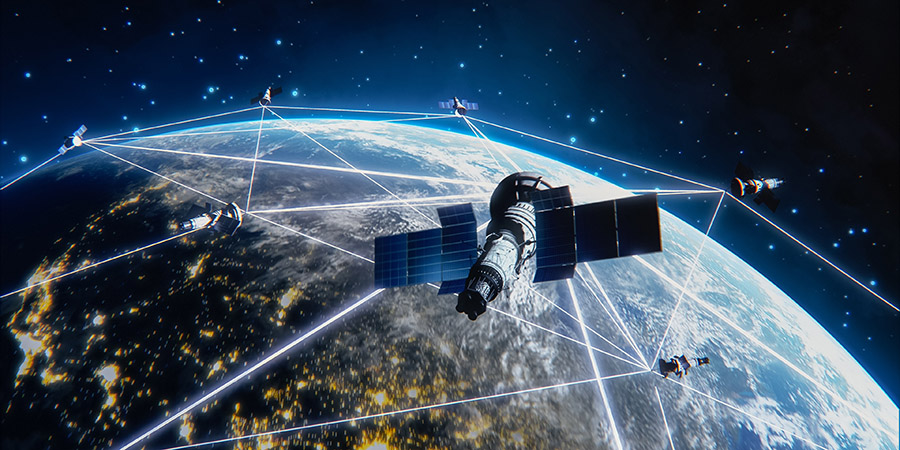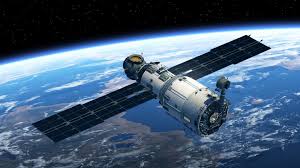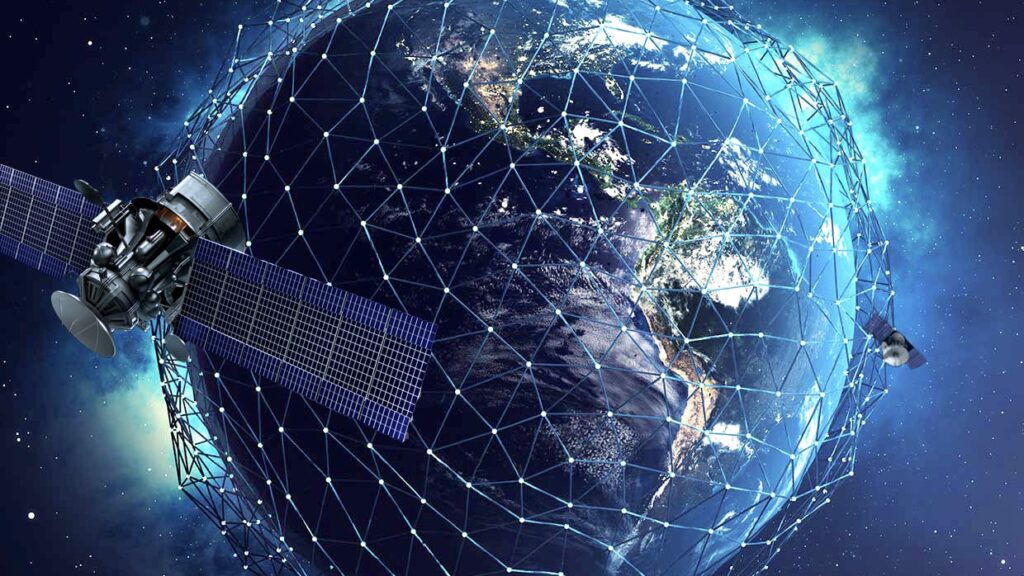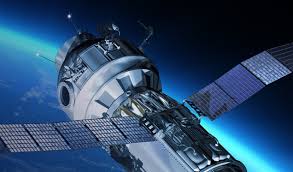Satellite Technology: Revolutionizing Global Communication and Exploration

Satellite technology involves the deployment and utilization of artificial satellites in space to offer a variety of services and functions. These satellites, orbiting the Earth or other celestial bodies, are pivotal in communication, weather monitoring, navigation, scientific research, and more.
Communication Satellites
Communication satellites are perhaps the most familiar type. They transmit and receive signals for television, phone calls, internet connectivity, and other forms of global communication. They are especially beneficial in remote areas where traditional communication infrastructure is impractical or too costly to install.
Weather Satellites
Weather satellites are essential for monitoring and forecasting weather patterns. They collect data on temperature, cloud cover, moisture levels, and other atmospheric conditions, aiding meteorologists in tracking weather systems, issuing warnings, and improving the accuracy of forecasts.
Satellite Navigation Systems
Systems like the Global Positioning System (GPS) rely on a network of satellites to provide precise positioning and timing information. GPS technology is widely used for navigation in vehicles, smartphones, and other devices.
Scientific research satellites
play a crucial role in scientific research, helping study space, the Earth’s environment, climate change, and more. Equipped with specialized instruments and sensors, these satellites gather data that enhances our understanding of various phenomena.
Other Applications
Satellite technology is also vital in surveillance, disaster management, military operations, and television broadcasting. It has become integral to modern life, facilitating global connectivity, improving communication, and enhancing our ability to explore and understand the world.

How Satellites Work
A satellite functions as a self-contained communication system, receiving signals from Earth and retransmitting them using a transponder—an integrated receiver and transmitter. Satellites must endure the harsh conditions of space, including radiation and extreme temperatures, and operate reliably for their entire lifespan, often up to 20 years. Lightweight and durable materials are used in their construction to manage the high cost of launching based on weight.
Key Components
- Communications System: Includes antennas and transponders for signal transmission.
- Power System: Primarily solar panels that harness sunlight, supplemented by batteries for power during periods when the satellite is in the Earth’s shadow.
- Propulsion System: Rockets and thrusters for positioning and station keeping, ensuring the satellite remains in the correct orbit.

Satellite Orbits
Satellites operate in three main orbits:
- Low Earth Orbit (LEO): 160 km to 1,600 km above Earth.
- Medium Earth Orbit (MEO): 10,000 km to 20,000 km above Earth.
- Geostationary Orbit (GEO): 35,786 km above Earth, where satellites remain fixed over one spot due to orbiting in sync with the Earth’s rotation.

Launch and Frequency Bands
Satellites are launched into space using powerful multistage rockets from various global sites. They use high-frequency ranges (1–50 GHz) for transmitting and receiving signals. Frequency bands, identified by letters (L-, S-, C-, X-, Ku-, Ka-, and V-bands), determine the size of the antennas needed and the power of the transmitted signals.

Regulation and Applications
The International Telecommunication Union (ITU) regulates satellite communications, managing frequency allocations and orbital slots. Satellites provide services in telecommunications, broadcasting, and data communications, supporting telephone calls, television and radio broadcasting, and data transfer for corporations and Internet service providers.

The Future of Satellite Communication
Satellite technology has rapidly evolved since the launch of Sputnik in 1957. Future advancements include mega-constellations for global internet access, enhanced onboard processing capabilities, increased power, larger antennas, and improvements in propulsion and power systems extending service life to 20–30 years. The development of low-cost reusable launch vehicles and increasing demand for bandwidth will continue to drive innovation and ensure the commercial satellite industry’s growth well into the 21st century.



